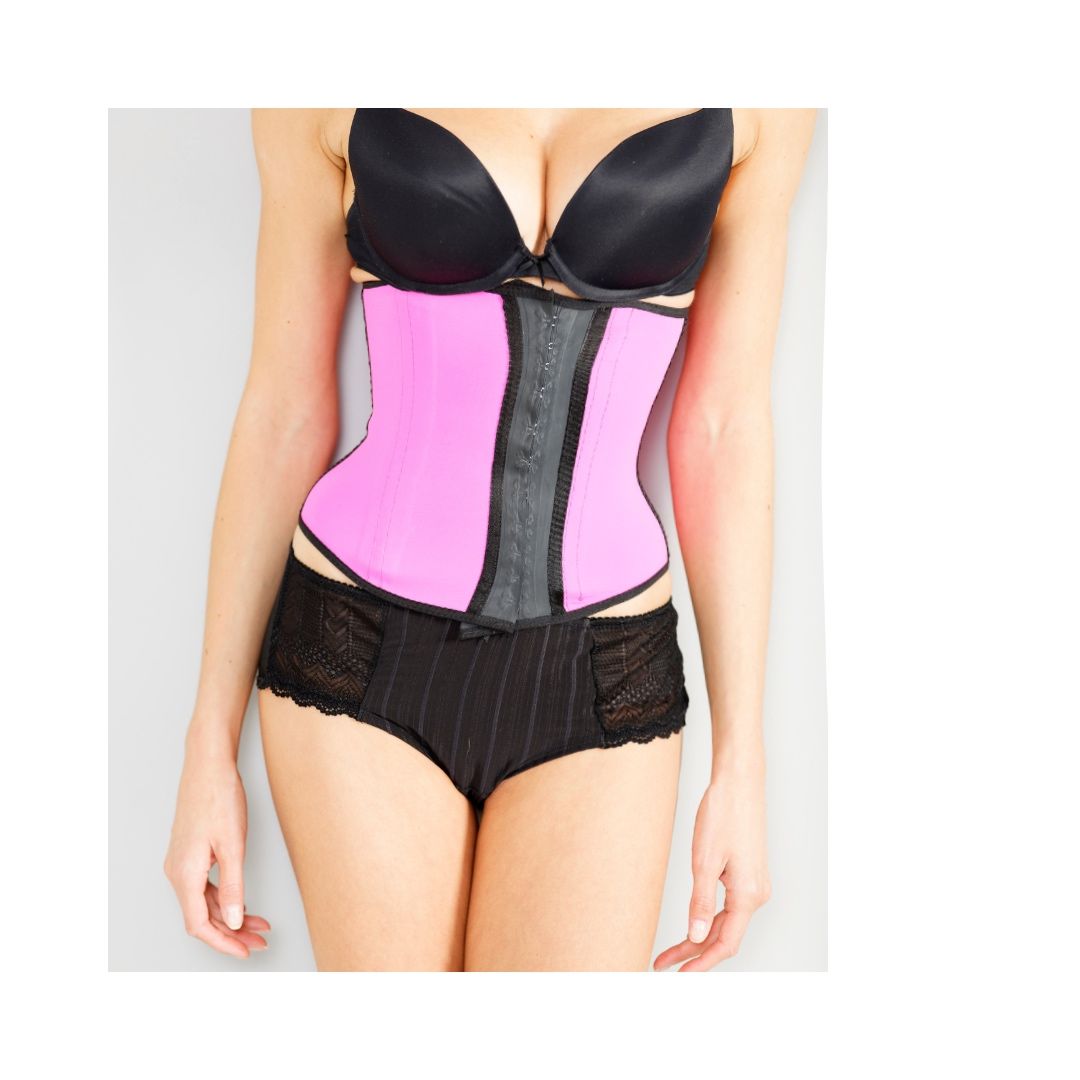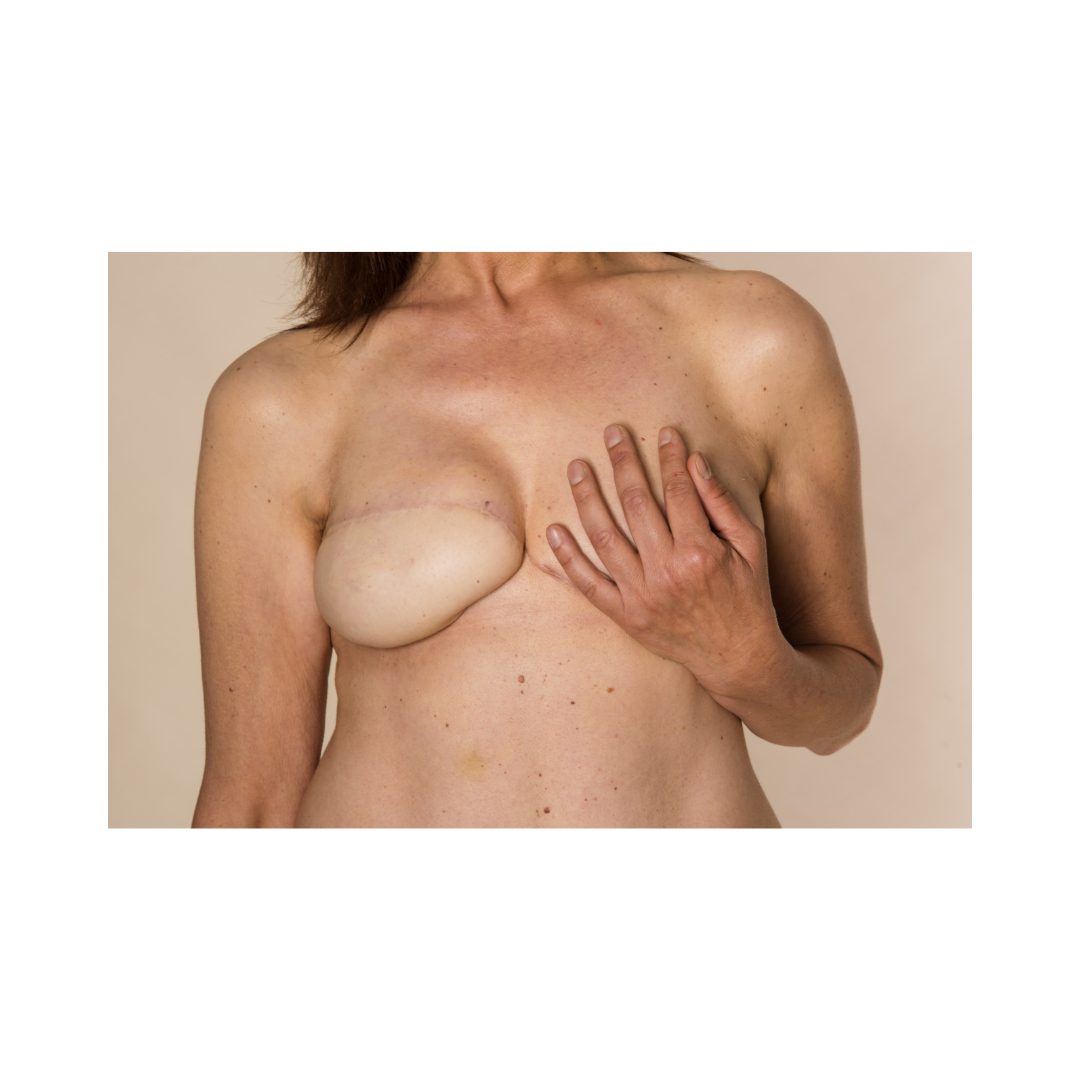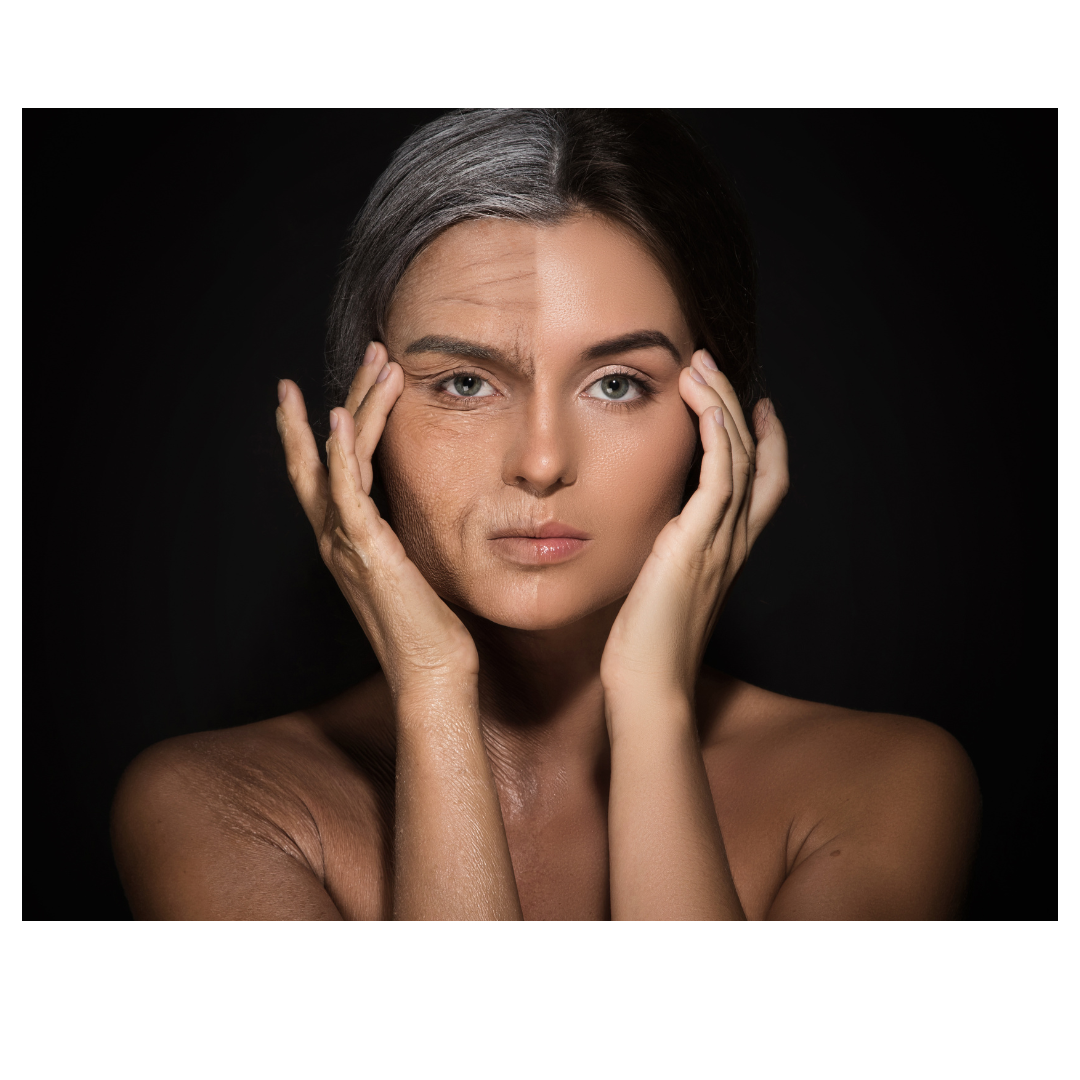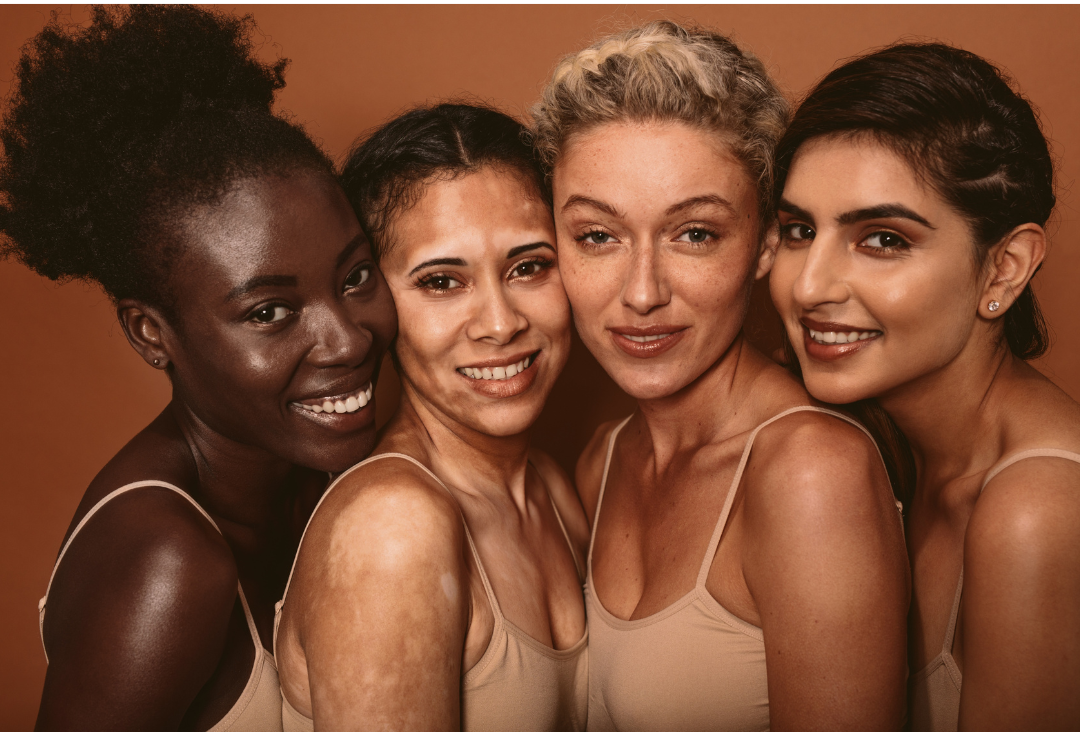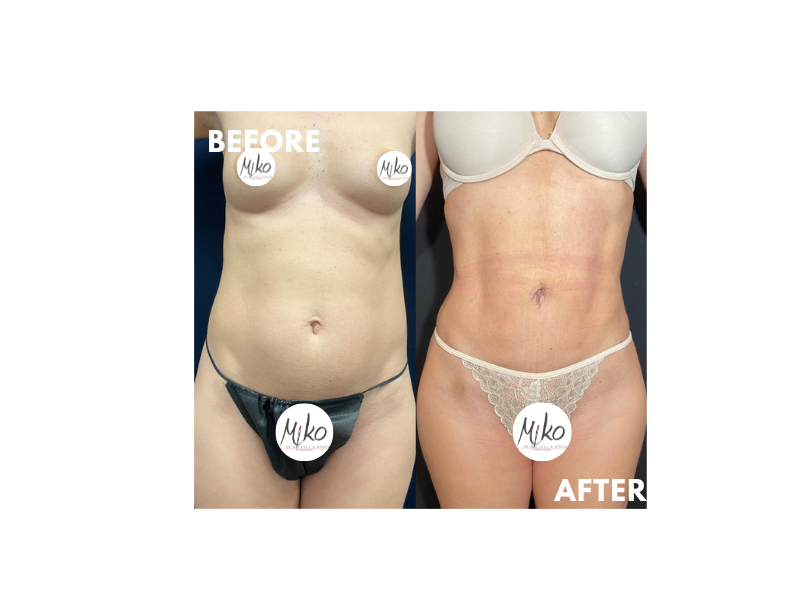SKIN CANCER 101
SKIN CANCER 101
The word cancer often carries a scary stigma that most of us fear. Fear is usually brought about by the lack of knowledge in a particular thing or situation. In this article we’ll try to lessen that fear by giving you the basics in a particular type of cancer that is all too common this summer season.
Be your own expert
The first step in spotting a problem in your skin is by understanding how your skin looks, feels and reacts in its normal state. Be the expert of your own skin by taking the time to examine your own body and in doing so, you’ll be able to check any unusual discoloration or texture.
The good thing is when diagnosed early on, skin cancer is actually highly treatable, according to the American Academy of Dermatology.
From head to toe
The best way to check any abnormality in your skin is to do it daily and from head to toe, literally. Here’s a checklist that you can follow:
- Trunk — front, back and both sides
- Face, neck, ears and scalp
- Fingernails, palms, and upper and lower arms
- Legs, buttocks and genital area
- Feet, including toenails, soles and between the toes
There are areas of your body that may be difficult to check on your own like your scalp and back. You can use a mirror for these areas or ask a loved one to help you out.
What to do?
See your doctor when you spot any of the following:
- Moles that are changing in color or that itch/bleed
- A large number of moles — or large, flat moles with irregular shapes
- Sunburn history
- A personal or family history of skin cancer
- Use of artificial lights such as tanning beds
Tips to reduce your risk
One of the key ways to reduce the risk of getting skin cancer is to avoid excessive sun exposure. If it is inevitable, observe the following tips religiously:
- Use a broad-spectrum sunscreen with an SPF (sun protection factor) of at least 15 though a great number of experts advise an SPF of 30 or higher. Read and follow usage directions on labels before you use any sun protection product.
- Wear UVA and UVB protective sunglasses.
- Wear a hat or a cap when going outdoors.
- Wear long sleeves, jacket or cover ups when going outdoors.
- Take note that the sun is usually at its most intense between 10 a.m. and 4 p.m. so try to avoid this time frame when going outside or outdoors.
Enjoy and get the most out of the summer season in a healthy and safe way. Your body will love and thank you for it!
Dr. Michael K. Obeng is the Chief Surgeon at MiKO Plastic Surgery, which has been featured on several networks and shows on ABC, CBS, AP and USA Today. Dr. Obeng has dedicated years of training to perfecting his surgical techniques, which has earned him accreditation by the American Society of Plastic Surgeons for providing high-quality service and superior results. Choosing a reputable plastic surgeon who has extensive experience and board-certified ensures you that your chosen procedures are performed according to the highest medical standards possible.
Get the best assistance. To schedule a consultation with Dr. Michael K. Obeng, you may call us at our Beverly Hills Office at (310) 275-2705. Our friendly team of top-tier cosmetic professionals would be more than glad to assist you.
The information and advice written in this article are given for educational purposes only. This article does not intend to replace a physician’s advice. Moreover, always consult your surgeon or physician before taking any advice found in the blog entries on this website.
Don't wait any longer!
Ready to live your best life? Book an in-person or virtual consult today!
ADDRESS
435 North Roxbury Drive #100
Beverly Hills, California 90210
Phone: (310)275-2705
Fax: (310)275-2701
OPENING HOURS
- Mon - Fri
- -
- Sat - Sun
- Closed





